THE RELATIONSHIP BETWEEN NUTRITION AND FERTILITY IN DAIRY COWS
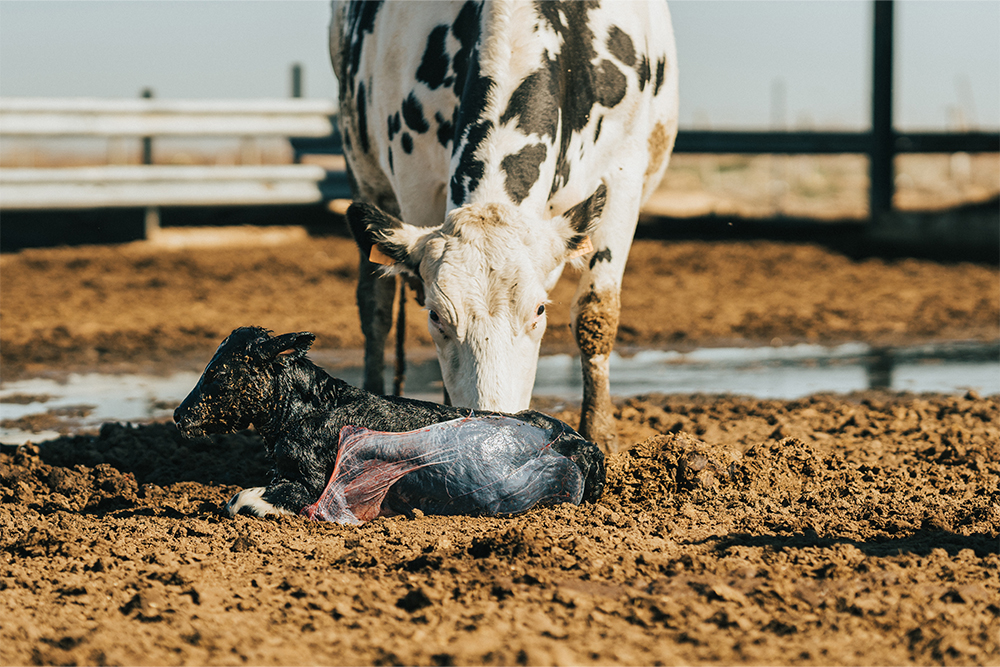
Reproduction of high-quality dairy cows decreases. Of all the 100 dairy cows that are first fed, only about. 34 are expected to conceive and carry a calf to the end. The percentage of fixed-to-be-mounted animals (STBM) has dropped from 80% to 50% over the past 30-50 years and the duration of STBM from 15h to 5h.
Nutritious food for good breeding, and this includes milking cow, dry cow, cow transplant and female feed. In dairy cows, successful breeding is the result of a series of events that include the resumption of oestrous cycles after birth, the development and maturation of a healthy egg, fertilization, embryonic development, implantation, pregnancy retention and reproduction.
Failure at any stage means failure of the entire process. This article will address the relationship between nutrition and fertility, about negative energy balance, body mass index, dietary protein and mineral intake.
Nutritious food for good breeding, and this includes milking cow, dry cow, cow transplant and female feed. In dairy cows, successful breeding is the result of a series of events that include the resumption of oestrous cycles after birth, the development and maturation of a healthy egg, fertilization, embryonic development, implantation, pregnancy retention and reproduction.
Failure at any stage means failure of the entire process. This article will address the relationship between nutrition and fertility, about negative energy balance, body mass index, dietary protein and mineral intake.
Negative Energy Balance (NEB)
The most common and important cause of malnutrition in dairy infertility is the inability to feed enough energy to produce milk. The largest NEB may be associated with a higher milk yield. NEB duration is variable but usually lasts between 8 and 12 weeks after birth.
NEB period occurs most often in cows that are very productive in early lactation regardless of diet and management. However, high milk production does not cause severe deficiency; the energy of a nutritious diet has a profound effect on the potential energy potential. In addition, NEB will be made worse by diseases such as hypocalcemia or poor diet, eating habits or management.
In NEB cases a few large follicles grow and a few ovulate follicles lead to weak reproduction. Lack of energy also reduces fetal survival. The concentration of progesterone decreases in cows in the NEB which means they are less likely to stay pregnant. In addition, NEB can lead to the correct repair of uterine tissue after birth, which can affect implantation.
NEB period occurs most often in cows that are very productive in early lactation regardless of diet and management. However, high milk production does not cause severe deficiency; the energy of a nutritious diet has a profound effect on the potential energy potential. In addition, NEB will be made worse by diseases such as hypocalcemia or poor diet, eating habits or management.
In NEB cases a few large follicles grow and a few ovulate follicles lead to weak reproduction. Lack of energy also reduces fetal survival. The concentration of progesterone decreases in cows in the NEB which means they are less likely to stay pregnant. In addition, NEB can lead to the correct repair of uterine tissue after birth, which can affect implantation.
What can be done?
- High-quality genetic cows are well suited to a high-fat diet in terms of their production capacity, it may be advisable to avoid inbred systems with high-quality genetic cows.
- It is noteworthy that malnutrition is often associated with significant changes in diet, and this is especially noticeable by shifting cattle to pasture in the spring. Many of the problems identified with the veld, especially in the aftermath of the emergence of spring pastures, may be due to the increase in energy deficit caused mainly by the predicted fall in prices.
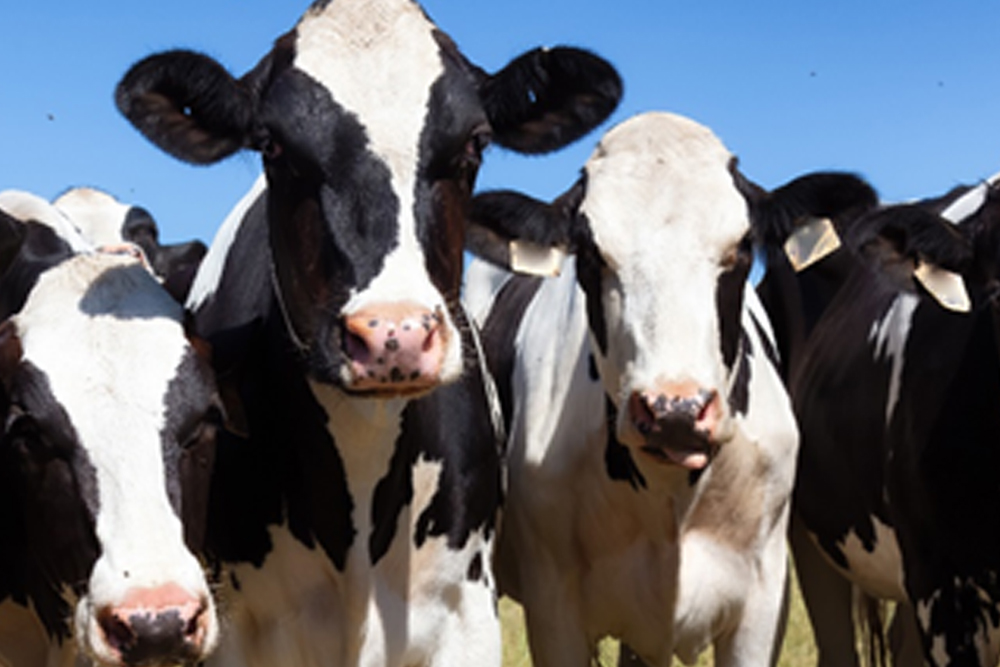
- NEB is almost unavoidable in cows that are very productive during lactation; the aim is to reduce the magnitude (maximum loss of 1 BCS) and the duration (no more than 42 days) of the NEB. Metabolic blood profiles can provide additional useful information that allows you to check the size of the problem.
- Feed should be accessible, tasty and consistent and advertised to increase feed for all cattle including heifers. Dasan Feed/ Dasan Wanda is a complete range of dairy feed line, with the highest quality, nutrient-dense ingredients to provide your animals a superior nutrition for optimal production.
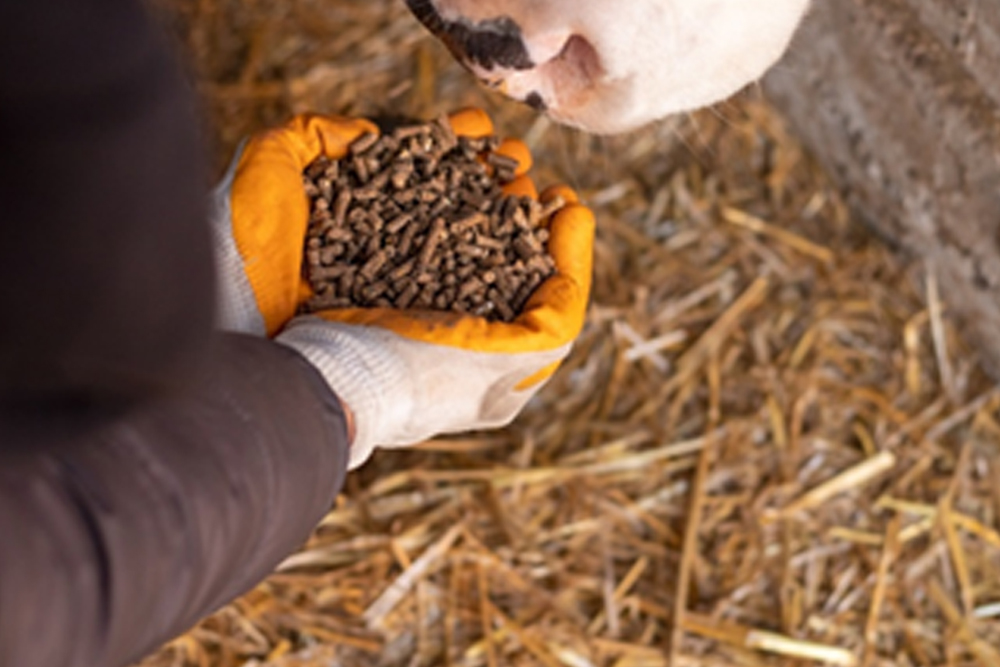
- Avoid sudden changes in breastfeeding, rumen will take at least 2 weeks to get used to any changes made, this includes changes in diet.
- Judge the effectiveness of your share in reproductive health and milk production and quality.
Impact of BCS on drying, reproduction and fertilization
Fat cows are a problem cow. Cows that are fat (BCS> 3.5) when they are dry eat less, gain more body weight, lose more weight, and body fat than cows that give birth in a balanced state. Obese cows are three times more likely to have reproductive problems than dry cows in good condition (BCS 2.5 to 3.5). These problems include cystic ovaries, metritis and delayed return to oestrous function. Also, obese cows have fat deposits on the pelvis; this greatly increases the risk of birth defects. Cattle with reproductive problems have a higher risk of birth defects. In addition, very thin cows have a longer period between calving and ovarian regeneration as well as longer breeding and gestation periods. Excessive physical activity, <1.5 or> 4, will reduce reproductive function.
Fat cows are a problem cow. Cows that are fat (BCS> 3.5) when they are dry eat less, gain more body weight, lose more weight, and body fat than cows that give birth in a balanced state. Obese cows are three times more likely to have reproductive problems than dry cows in good condition (BCS 2.5 to 3.5). These problems include cystic ovaries, metritis and delayed return to oestrous function. Also, obese cows have fat deposits on the pelvis; this greatly increases the risk of birth defects. Cattle with reproductive problems have a higher risk of birth defects. In addition, very thin cows have a longer period between calving and ovarian regeneration as well as longer breeding and gestation periods. Excessive physical activity, <1.5 or> 4, will reduce reproductive function.
What can be done?
- Feeding should be prepared 2-3 months before the end of lactation to dry the cows at 3.5 body weight. Do not rely on making changes in the body during the dry season. The goal in the distant dry season is food to maintain this level of quality. Cattle will normally eat 12-13kgs of dry matter and have a capacity of about 90MJ and 13% of crude protein. Hay or straw can be used to keep rumen full.
- Mix the cows to dry and change.
- Grass can be fed during the dry season and they need to be fed to dairy cows during the transition. By doing this you will be adjusting the cow’s intestines to a higher level when she enters the milking herd
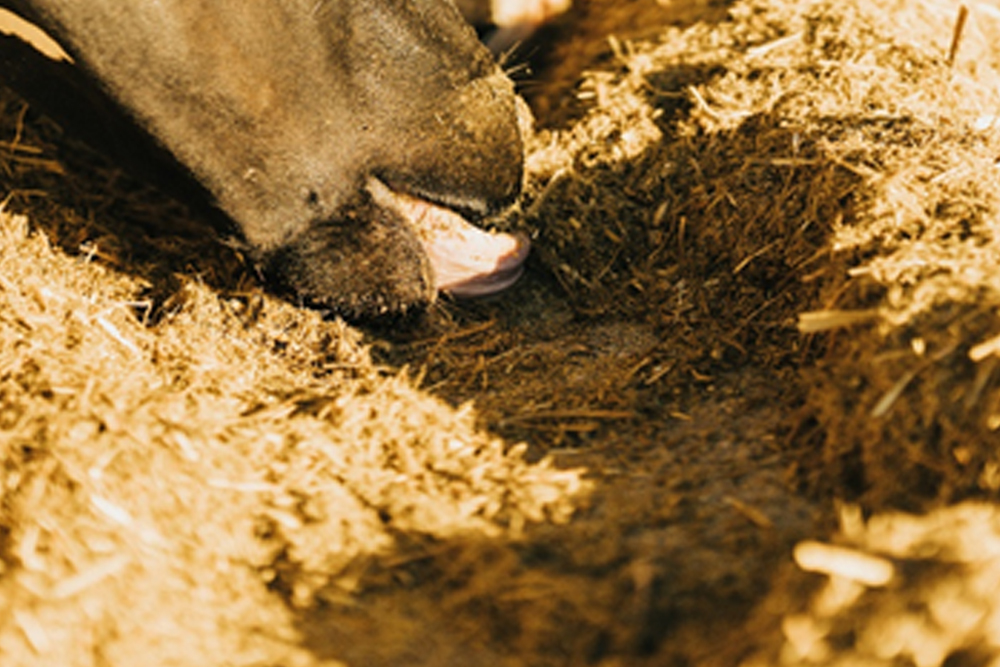
Dietary protein
In general, high dietary supplementation reduces cow’s fertility, but there is a significant difference in protein concentrations other than impaired fertility. The results suggest that excessive amounts of reduced rumen protein are probably the cause of depression.
Too much protein can lead to high blood pressure urea (> 200 mg / liter) which affects reproduction through the toxic effects of ammonia and its metabolites in eggs, pregnancy and early fetal life. Alternatively, an excessive ERDP (related to FME) may place
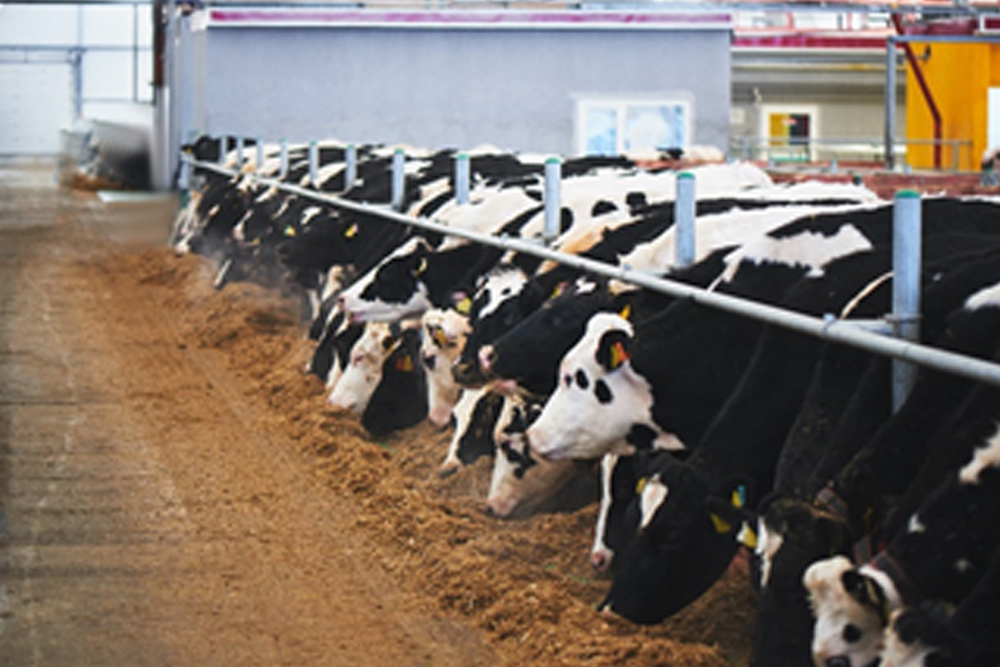
the animal in a state of disability. It is therefore desirable to make food to avoid ERDP excess. Replacing the DUP with the ERDP may not solve the problem and this may result in high blood urea levels.
What can be done?
Meals should be made so that they do not contain additional ERDP. Also note the urea nitrogen levels of milk. Other aspects of nutrition
Extended feeding times for brassicas and red clover can reduce fertility. Therefore, it is recommended that brassicas and red clover make up more than 10% of the total DM value for breeding cattle.
Minerals
Mineral and vitamin levels are likely to contribute to fertility when milk concentrations or supplements are added to TMR. However, it should also be noted that you do not contribute too much to minerals. If cattle graze on grass it may be necessary when certain minerals are not enough on the farm.
Symptoms of a lack of copper in dairy cows can include anoestrus and misbehavior of oestrus. Also, it can cause fetal death prematurely or late.
The retained placenta can be reduced by preventing hypocalcaemia and the selenium status of dairy cow. Immediate emergence of the uterus will provide a healthy environment for the implantation of the embryo.
Meals should be made so that they do not contain additional ERDP. Also note the urea nitrogen levels of milk. Other aspects of nutrition
Extended feeding times for brassicas and red clover can reduce fertility. Therefore, it is recommended that brassicas and red clover make up more than 10% of the total DM value for breeding cattle.
Minerals
Mineral and vitamin levels are likely to contribute to fertility when milk concentrations or supplements are added to TMR. However, it should also be noted that you do not contribute too much to minerals. If cattle graze on grass it may be necessary when certain minerals are not enough on the farm.
Symptoms of a lack of copper in dairy cows can include anoestrus and misbehavior of oestrus. Also, it can cause fetal death prematurely or late.
The retained placenta can be reduced by preventing hypocalcaemia and the selenium status of dairy cow. Immediate emergence of the uterus will provide a healthy environment for the implantation of the embryo.
